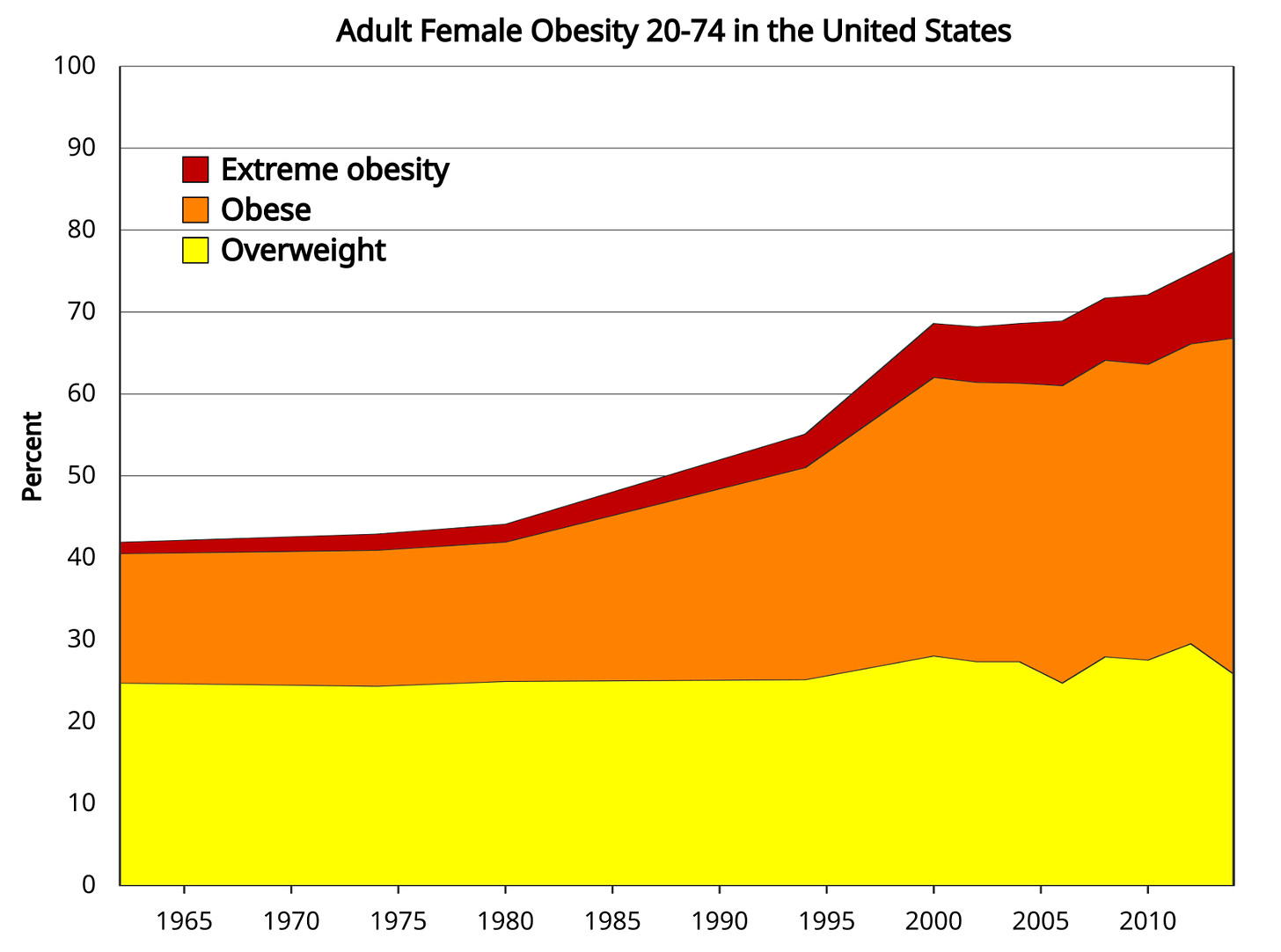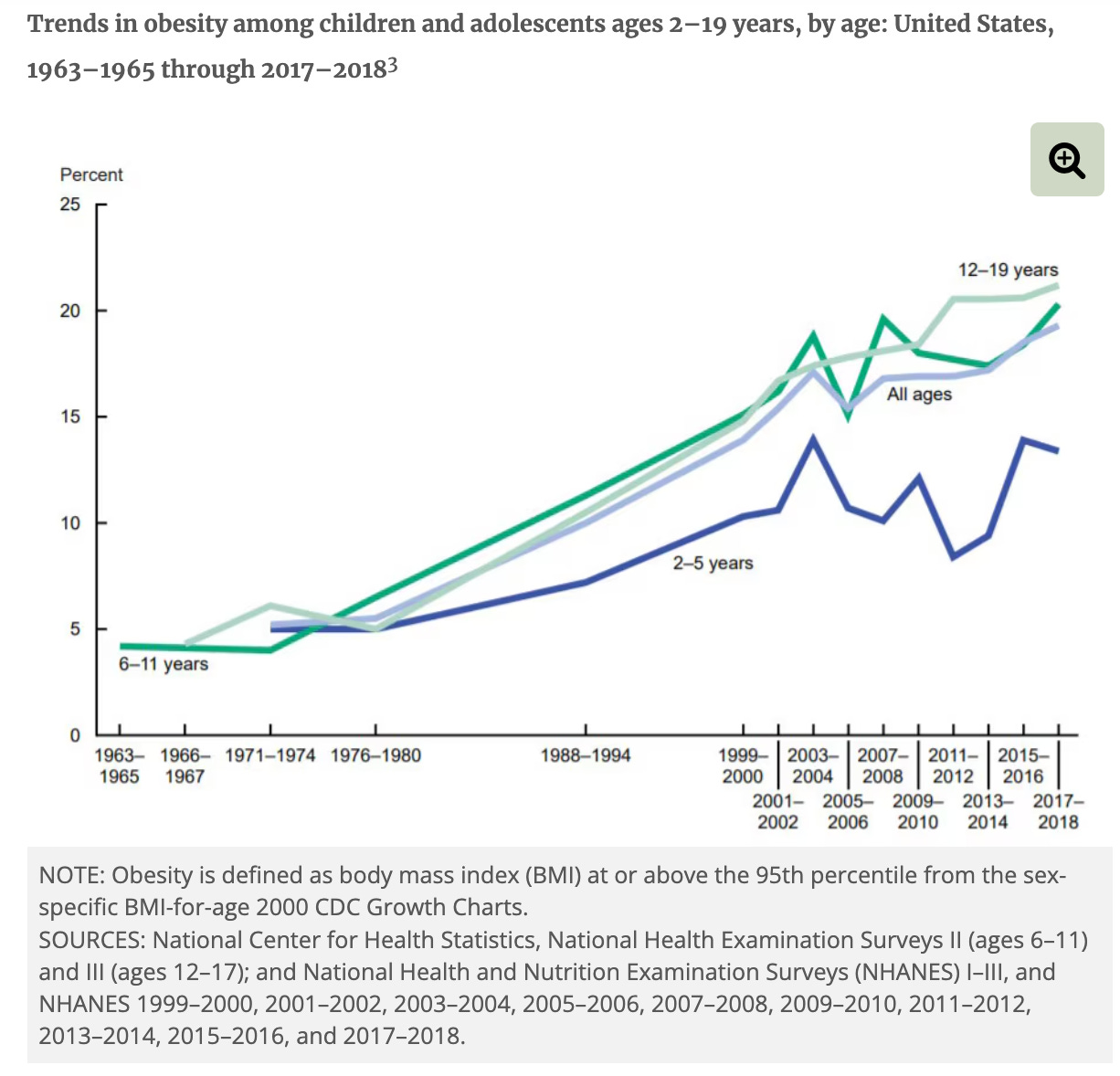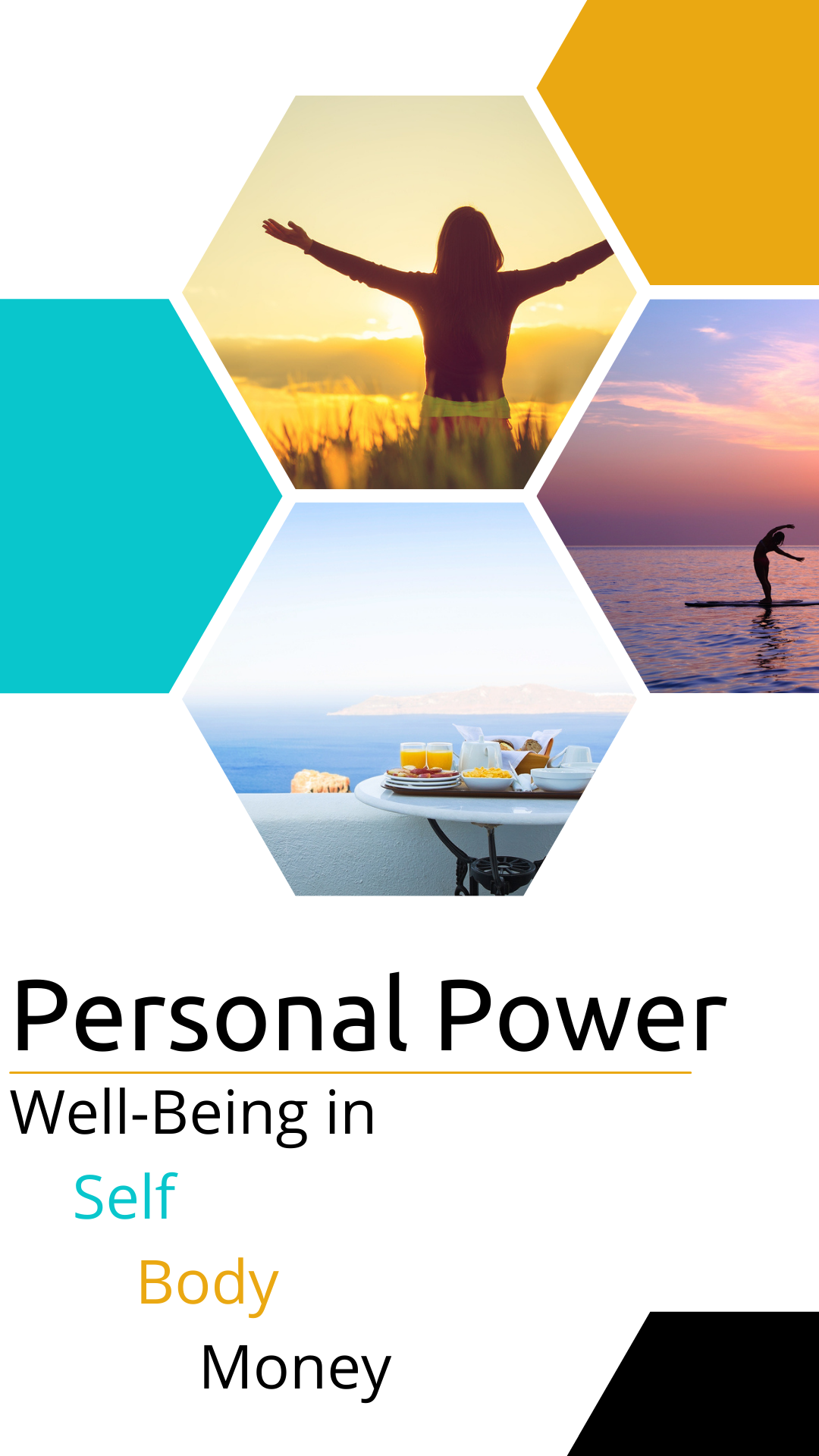
Not too much. Not too little. Just lagom.
KEY TAKEAWAY: Visiting Stockholm every summer shows me how much our surroundings and culture shape our health and lifestyle. Seeing how Swedes balance activity and moderation inspires me to bring some of that “lagom” — just right — back home. Scroll down to the TAKE ACTION section for this week’s actionable steps.
Greetings from Stockholm, Sweden. As I write this, it is 8:30 in the morning and a (not) balmy 61F. Quite a change from the steamy South Carolina heat where we live. My husband is from Stockholm, and since he retired in the U.S., we come here every summer to visit friends and family and give him a chance to speak Swedish (and get an injection of Swedish food, which, by the way, is outstanding; not just a land of meatballs and pickled herring, the latter being far tastier than it sounds).
I will head out for my morning run soon.
Monday, Wednesday, Friday + one weekend day is for cardio, typically running or biking. Tuesday, Thursday + one weekend day is for strength training. Always in the morning because if I don’t do it in the morning, it won’t get done. (Other activities – yoga, pickleball, etc. – are bonuses to my foundational morning exercise routine.)
So, today, I get to run.
Yes, “get to” is what comes to mind, just as I “get to” strength train on other days.
I laugh to think that those words are how I think these days about exercise because, as I’ve mentioned many times before, until I was 35, I disliked and avidly avoided exercise and only resorted to it, albeit rarely and inconsistently and without really knowing what I was doing, to make up for some food sin or to try to get to a palatable number on the scale. Exercise was associated with “should” (accompanied by a mental groan). However, after discovering exercise to feel good, I now think of exercise as something I “get to” – not have to or should – do.
Interestingly, I am not the only one who seems to feel that exercise is something they “get” to do. When I go for my run, I will be accompanied by many others who will be out running, walking, or biking alongside me. Even if it would be raining – which today it’s not – or snowing(!), I would not be alone. The people here are active and seem to like being so, even in inclement weather, which, given our location, is not a rarity. As the saying in Sweden goes:
“There’s no such thing as bad weather, just bad clothing.”
The people here are active, and it’s not just for dedicated exercise but for activity in general. The people here use their bodies a lot—for exercise, for fun, for getting from point A to point B.
Having sidewalks and bike paths helps. After all, it’s easier and more inviting to go out and move when you’re not risking life or limb to do so.

(Speaking of, do you know those white lines that we sometimes see on our roads in America? Did you know they indicate that traffic – cars, bikes, scooters – are supposed to stop for pedestrians to cross the street? Amazing. I almost took out a few walkers when I was first driving here before realizing that fact. In Sweden, when pedestrians are presented with those white lines, they often don’t even look up to check that traffic has stopped and their way is clear; they just go.)
Greater access to public transportation appears to help, too, as it means that people engage in more physical activity given the need to get from home to the place where they can access their desired form of transport.¹
Whatever it is, it seems to make a difference because when I am out and see all these active people, I am reminded of a similar thought I had when I moved to Europe in 2002:
“Wow, the people look really good.”
What it took me some time to realize back then and that I recognize now is that it wasn’t that the people look so “good” but rather that most people I observed would be characterized within the healthy weight range.²
That realization was the inspiration for the thesis I wrote as part of getting my master’s degree in Public Health. It studied how norms around weight, food, and activity have changed over time and play a role in obesity in the U.S. For example, 7 out of 10 people are overweight or obese (73.6%, to be exact).² (By comparison, as of 2021/22, the share of Swedes who were obese was 16 percent, while 35 percent were classified as overweight.⁴)
It wasn’t always this way, as you can see in the graph below:

Source: Wikipedia graph; data used from CDC²
However, the graph I found most startling was the one that showed how our youth’s weight has changed over the years.

Source: NIH.gov²
Of course, it’s not only our girths that have gotten bigger but other things, too:
-
Portions are bigger.³
-
Plates are bigger.³
-
The quantity of processed and refined foods – “foods that can’t be made at home”³ – which are higher in stuff that is less good for us and lower in stuff that is bigger.³
-
The obstacles to physical activity (and options to be sedentary) are bigger.³
-
The size of our clothing has, in many cases, thanks to “vanity sizing,” become bigger (case in point, you find clothing here that says “European size Large, American size Medium”).³
You get the idea.
All of these things play a role. They influence us and our choices. They influence what, when, how, how much, and why we eat and exercise, and, as a result, our weight and, ultimately, our health outcomes.
They add up, too. In a way, we become desensitized, and it’s not until you move out of that environment and come to a new one—like Stockholm—that it becomes very evident.
So, here I am in Sweden, noticing these things anew. The difference in people’s sizes. The level of activity here. And how people eat.
Now, don’t get me wrong. People here love to eat just like we do. However, in my observation, how they eat is different.
First, they seem to eat more of what I call “real” food. Less processed and refined, more freshly made and with fewer things added. In fact, my impression is that there are fewer of those highly processed, refined options in the stores here than in the U.S.
Second, while they do partake in special treats – for example, the sacred “fika” (coffee break), often accompanied by a delicious pastry or fresh-baked bread layered with cheese, ham, and salami or stop at the vinbar (wine bar) after work for a glass of champagne or wine with tapas snacks – it is part of the live-and-savor-life experience. Instead of buying a whole box, bag, or container of whatever goodie to take home and consume, they have one (reasonably-sized) portion in the lovely cafe, bar, restaurant, or other space they stop at, relax, and then move on (often literally, as well as figuratively).
If I had to come up with a word to describe it is “balanced.” Or, as Swedes would say, “lagom, ” or just right.
And it’s not only that they seem to strike a balance between too much and too little in food or physical activity but in other areas of life, too. For example, work. They work. In fact, as of 2022, Swedish productivity, as measured as GDP per hour worked relative to the U.S., was a factor of 104.52.⁴ But they also relax. The minimum vacation for full-time employees is 25 days, with many Swedes getting even more than that.³
This is not to criticize the U.S. The U.S. and Sweden are two different countries with different cultures, lifestyles, and governments. There will be differences. Their differences are what makes them so special for me to experience. Because they are different.
However, one of the things I learned in my 20 years of living abroad in different countries is that one of the wonderful gifts of traveling somewhere new is not just the experience we have in the new place but what insight it can give us, too, about where we are from and our own selves.
So, as I lace up my shoes to head out for my morning run, the insight I am taking away is that while I am not going to hold my breath that the U.S. infrastructure, food culture, and general lifestyle will change overnight, what Sweden does remind me of is what I can do – the choices I can make – to ensure that I put into my life what helps it stay balanced. In food, exercise, and life overall. Not too much and not too little. But just right. Lagom.
TAKE ACTION:
Practice lagom in your own life.
- Make movement a daily habit. Whether it’s a morning run, a lunchtime walk, or an evening bike ride, find ways to incorporate exercise into your routine that feel good for you. Combine social activities with physical ones. Instead of meeting friends for coffee, consider going for a walk or bike ride together.
- Focus on quality not quantity when it comes to food. Enjoy your favorite foods, but be mindful of how much you’re eating. Savor each bite. Savor the overall experience as you eat.
- Prioritize leisure time. Make sure you’re taking time off work to relax, recharge, and do the things you love. Whether it’s a weekend getaway or just an afternoon in the park, give yourself permission to step away from the grind.
- Embrace the great outdoors. Take advantage of nature and get outside whenever you can. Go for a hike, have a picnic, or just sit on a bench and soak up some sunshine.
REFERENCES:
1: American Heart Association (2015, November 8). Taking public transportation instead of driving linked with better health. Retrieved from https://www.sciencedaily.com/releases/2015/11/151108124754.htm
2: Weight
CDC.gov. Assessing Your Weight. Retrieved from https://www.cdc.gov/healthyweight/assessing/index.html#:~:text=If%20your%20BMI%20is%20less,falls%20within%20the%20obese%20range.
CDC.gov. Obesity and Overweight. Retrieved from https://www.cdc.gov/nchs/fastats/obesity-overweight.htm
NIH.gov. Overweight & Obesity Statistics. Retrieved from https://www.niddk.nih.gov/health-information/health-statistics/overweight-obesity#trends
Wikipedia.org. Obesity in the United States. Retrieved from https://en.wikipedia.org/wiki/Obesity_in_the_United_States
3: Bigger
Heart.org (2024, March 13). Too much of a food thing: A century of change in how we eat. https://www.heart.org/en/news/2024/03/13/too-much-of-a-food-thing-a-century-of-change-in-how-we-eat
PewResearch.org. What’s on your table? How America’s diet has changed over the decades. Retrieved from https://www.pewresearch.org/short-reads/2016/12/13/whats-on-your-table-how-americas-diet-has-changed-over-the-decades/
Scinta, Wendy (2016, April 28). The History of Portion Sizes: How They’ve Changed Over Time. Retrieved from https://www.yourweightmatters.org/portion-sizes-changed-time/
Siliezar, Juan (2021, October 28). People weren’t so lazy back then. Retrieved form https://news.harvard.edu/gazette/story/2021/10/progress-doesnt-always-mean-movement-says-harvard-study-of-daily-exercise/
Wikipedia.org. Vanity sizing. Retrieved from https://en.wikipedia.org/wiki/Vanity_sizing#:~:text=Vanity%20sizing%2C%20or%20size%20inflation,States%20and%20the%20United%20Kingdom.
4: Swedish Stats
TheGlobalEconomy.com. Sweden: Productivity, relative to the U.S.. Retrieved fromhttps://www.theglobaleconomy.com/Sweden/productivity_relative_to_US/
Sonali (2023, May 10). How many paid vacation days are employees entitled to in Sweden?. Retrieved from https://inhuntworld.com/how-many-paid-vacation-days-are-employees-entitled-to-in-sweden/#:~:text=According to the Swedish Annual,40 hours they work weekly.
Statista.com. Share of people that were overweight and obese in Sweden from 2008 to 2022. Retrieved from https://www.statista.com/statistics/910768/share-of-overweight-and-obese-people-in-sweden-by-bmi/#:~:text=The%20share%20of%20obese%20people,classed%20as%20overweight%20in%202022.
IMPORTANT: The information provided is for educational and informational purposes only. It is not intended to be a substitute for professional advice, diagnosis, or treatment. Always seek the advice of a qualified professional with any questions you may have regarding the topics discussed here as the topics discussed are based on general principles and may not be applicable to every individual.
Leave a Comment below: Any insights, experiences or comments you’d like to share on this topic? I’d love to hear from you. Just hit “Comment” and share away!
Inspiration & information delivered to your inbox.
Receive FREE information, inspiration & support to help you feel more fulfilled, energized, and financially empowered in your life. Unsubscribe at any time.

0 Comments